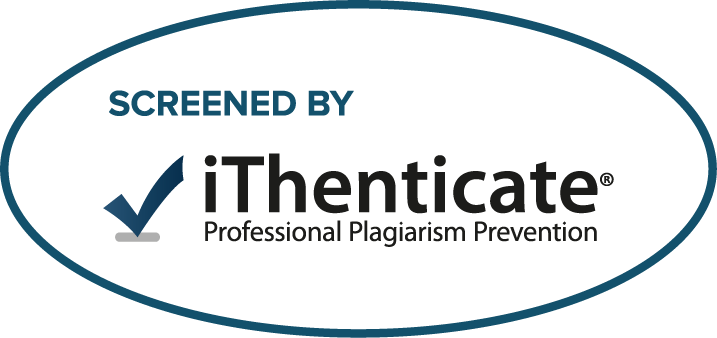Collaborative Teaching Strategies in Literature
Keywords:
Literature, creative thinking, teaching strategiesAbstract
“Literature is one of the most interesting and significant Expressions of Humanity.” P.T. Barnum. Literature is also the foundations of teaching Literacy, as it is an “Every-Century Skill”, Teachers in today’s world of standards and standardized tests are extremely busy completing content. Therefore Literature and literacy gets a backseat. Literature expands their mental horizons, builds critical thinking skills, leap into the past, and digs for information. It builds respect and understanding for the various cultures and beliefs. It helps to read and that leads to writing where the students need to filter the information and think about what they write. It addresses humanity and its problems, and it helps them find solutions in literature. Literature and literacy affect human nature as it has a profound effect on all kinds of people through the annals of time.
Literature is a seemingly chaotic cauldron of symbols, characters, themes, syntax, diction, tone, plots and counter plots, where each word has many meanings and the tone brings about the variety in the meaning. The art of thinking is rare and the ability to help the students think creatively and yet systematically is a unique part of literature. The students are taught to think in a structured manner. The systematic eight approach helps them to understand the book, or the story easily, the eight different approaches are: 1. The Historical Approach, 2. The Biographical Approach, 3. The Societal Approach,
- The Archetypical Approach, 5.The Philosophical Approach 6. The Psychological Approach, 7. The Feministic Approach, and the last but definitely NOT the least, 8. The Formalistic approach. These strategies have been used and Lexical reading, enjoyment and understanding have improved, as they learn to think and connect information from across the board. “Time and tide wait for no man,” and yet they both transcend the barriers of time, just like literature. It breaks the walls of culture and address discrimination in an interesting way. It holds up a mirror of reality and the reflection is not always pretty.
Literature has many genres and each is considered an area of specialty. Each has a specific strategy and that is what we are here to share. Literature is found across the board and it is in every field. Hence literature can be taught using these strategies. Some of the genres that literature covers are listed below; Poetry, Fiction, Nonfiction, Novels, Fables, Short stories, Epics,…, Narrative Non- fiction, Essays, Biographies, Autobiography, Speech, Drama, Humor, Science Fiction, Realistic Fiction, Folklore, Historical Fiction, Horror, A Tall Tale, Legend, Mystery, Mythology, Fiction in Verse.
In the short time allotted to us we hope to cover two aspects of literature, namely the teaching of short stories and poetry which also builds reading, speaking, and listening skills while exploring language and vocabulary. Poetry also has the ability to inspire writing, build a love for reading and encourage creative thinking. If time permits we will also demonstrate a few strategies for teaching short stories and poetry.
After following these strategies and a few more specific strategies for each genre we have found that these strategies work and the reading level as well as the interest in literature is going up. They have begun to do better in their standardized tests and have developed positive mania for reading.
Downloads
Downloads
Published
How to Cite
Issue
Section
License
Copyright © 2024 ISC Committee.















